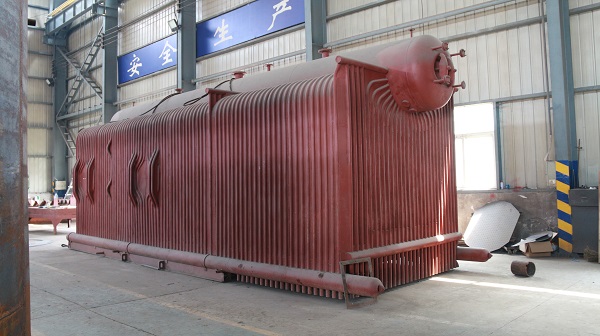Guide: The environment is related to everyone's health and life, but with the rapid development of industry, various boilers are used more and more, and the smoke and toxic gases produced have seriously polluted the atmosphere, so it is urgent to eliminate the smoke and purify the air.
The environment is related to everyone's health and life, but with the rapid development of industry, various boilers are used more and more, and the smoke and toxic gases produced have seriously polluted the atmosphere, so the elimination of smoke and dust and air purification are urgent.

Stomach dust and sulfur dioxide are the most abundant in smoke, followed by carbon monoxide, hydrocarbons, nitric oxide and photochemical smog. Most of these pollution comes from various industrial boilers, power station boilers and civilian boilers that burn coal.
Smoke hazards:
1. Dust: Dust discharged from the boiler chimney, with a particle size of less than 10μm, falls to the ground very slowly, especially the cocoa with a particle size of less than 0.1μm that floats in the sky all year round and is called "dust". "Floating dust" contains all kinds of toxic metal particles. If people are inhaled into the lungs, half of them will stick to the lungs. When the concentration of "flying dust" in the air reaches 100mg/㎡, it will cause various respiratory diseases, and severely cause asthma, pneumoconiosis and lung cancer. When it drifts into the factory or workshop, it will contaminate the house and mechanical and electrical equipment, affecting its service life.
2, sulfur dioxide: the sulfur content in coal is generally 0.5% to 4%, and some are as high as 8%. When the sulfur in coal is burned, the sulfur dioxide gas generated by the reaction of oxygen and sulfur in the coal will cause damage or corrosion to the work and equipment when the sulfur dioxide concentration in the air is greater than 0.1 ppm. Sulfur dioxide meets water vapor in the air to generate sulfuric acid mist, which is often combined with "flying dust" to harm animals and work. In addition, sulfur dioxide is the direct cause of acid rain.
3. Carbon monoxide: It is produced due to incomplete combustion of fuel. It has a long lifespan in the atmosphere, generally 2-3 years. When the content of carbon monoxide in the atmosphere exceeds 100 ppm, it can cause dizziness, dizziness, nausea, and even death by poisoning.
4. Photochemical smog: It is a light blue smog formed by nitrous oxide, methane and other hydrocarbons in the flue gas that are irradiated with ultraviolet rays in the sun to produce acetaldehyde, ozone or other toxic oxides. When the content of photochemical smog exceeds 0.3ppm, it will cause red and swollen eyes, proliferation of pests, accelerated aging of rubber products, and damage to buildings. This directly affects people's health and living environment.




























